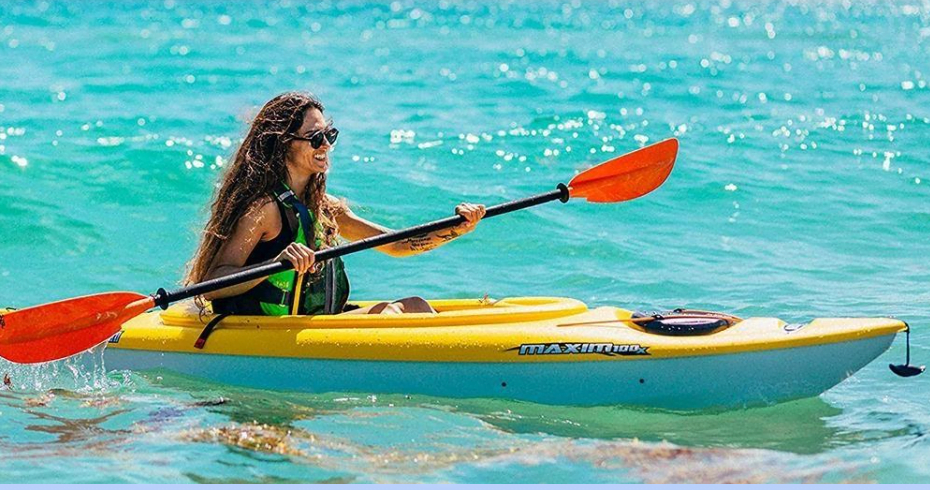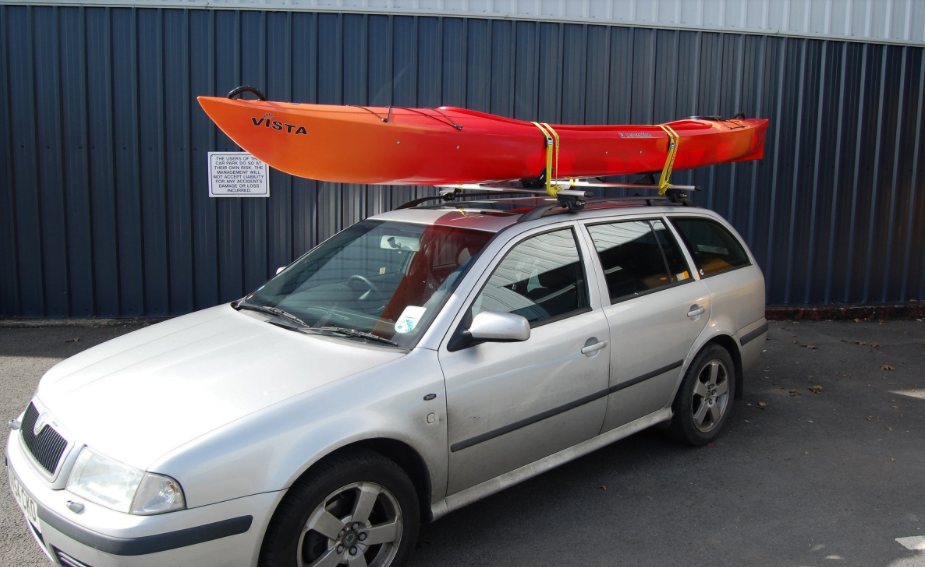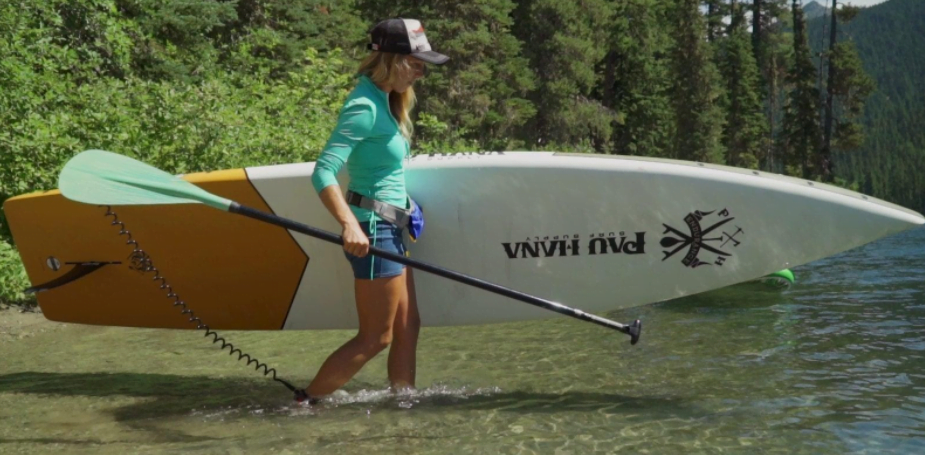Kayaking and stand-up paddleboarding (SUP) are two of the most popular water sports in the world. Both involve the use of a paddle, and can offer an amazing opportunity for socializing, exercising, and enjoying the bounties of nature. If you enjoy being outdoors and having fun in the water, then both a kayak and a paddleboard can be a source of great delight.
However, there are certain key differences between the two sports. If time and money were no issue, then there’d be nothing stopping you from indulging equally in both activities. But since most of us have a budget to work with, and a limited amount of time that we can spend frolicking in the water, you might find yourself having to choose between a kayak and a paddleboard.
When that time comes, it would be essential for you to know the advantages and drawbacks of each of these water sports. Of course, which sport appeals more to you would depend, largely, on your own preferences and priorities. But it wouldn’t hurt to get to know a little more about the two activities before making your decision.
Stand-Up Paddleboarding
One of the best things about SUP is that you can participate in this water sport even without tons of training or any fancy gear. All you need are an inflatable paddleboard, an adjustable paddle, and a personal floatation device. Additionally, some people like to use a coiled ankle leash for extra safety.
SUP is also quite a versatile sport. A paddleboard can be used for performing yoga, racing, fishing, surfing, and many other exciting activities. You can use a paddleboard at a local lake or reservoir to relax and socialize with your friends. On the other hand, you can also use it to ride magnificent swells and explore coral reefs on foreign shores.
Kayaking

Requiring a specialized boat known as a kayak, this can be both a competitive sport as well as a recreational activity. A double-bladed oar is typically used to steer the kayak through a body of water. Oceans, rivers, lakes, and seas can all be used for kayaking, making this an extremely versatile sport.
Kayaks were first used by the Inuits for fishing, hunting, and transportation. By the 1930s, kayaks began to be used for recreational sporting activities, as evidenced by their presence in the 1936 Berlin Olympics. Most experts consider it safest to get some training from a professional, before you start venturing out alone with your kayak.
Comparing SUP and Kayaking
Now that you know a bit about both SUP and kayaking, we can help you compare some of the differences and similarities between the two. So let’s dive straight into it.
- Fitness
If you want to burn some calories and get in shape, while having fun on the water, then SUP might be the best option to help you reach those goals. Stand-up paddleboarding engages the muscles in your core, arms, legs, chest, and back, providing you with a full-body workout.
Kayaking, on the other hand, is more of an upper body workout. Paddling a kayak will largely impact your shoulders, abdomen, back, chest, and arms. As you’re sitting down on the kayak, as opposed to standing on a paddleboard, the strain on your legs and glutes is quite minimal.
So, depending on your fitness goals, you can choose either SUP or kayaking to burn those calories and get the toned body you’ve always desired.
- Portability

It should come as no surprise that inflatable paddleboards are more portable than kayaks or any other water-craft. These paddleboards are made from military-grade PVC and are especially designed so that they can fit into a convenient backpack or carrying bag. They are ideal for those who want to travel to foreign shores, for a fun and relaxing beach holiday.
While inflatable kayaks are also available in the market, they’re very different from the traditional, rigid kayaks, offering a much more diminished performance. Usually, you’ll need a car, truck, or other large vehicle to transport a kayak from one place to another.
- Enjoyment

Whether you find greater enjoyment in kayaking or paddleboarding will depend on your preferences, but stand-up paddleboarding certainly offers more options to a greater number of people. For instance, you can go paddleboarding with your dog, as the SUP board has sufficient space for your pet to move around and enjoy the water. You can also use your paddleboard as a platform for yoga (and other forms of exercise) on the water.
Kayaking can also be an exhilarating experience, offering you an opportunity to get close to nature while exploring hidden coves in distant shores. However, there’s less diversity to be had in this water sport, although it can be quite adventurous under the right conditions.
- Affordability
Both kayaks and SUP boards can be purchased at various price points, depending on your budget. However, SUP boards have fins that can sometimes be damaged upon impact with a rock or bank. Kayaks are larger, bulkier, and made from sturdier materials. Hence, they’re harder to damage than a paddleboard.
So while you might buy both the products at the same price, the kayak will probably last you longer. Moreover, you’ll have to spend less money on repairing and replacing the kayak, all other things being equal. Hence, we can say that the kayak will usually be the more affordable option, in the long term.
In Conclusion
Ultimately, whether a paddleboard or a kayak is right for you will depend on your budget, goals, and preferences. But if you take the time to do a little bit of research on the pros and cons of each water-craft, it might help you make the right decision and prevent you from spending money on something you will not fully enjoy.

